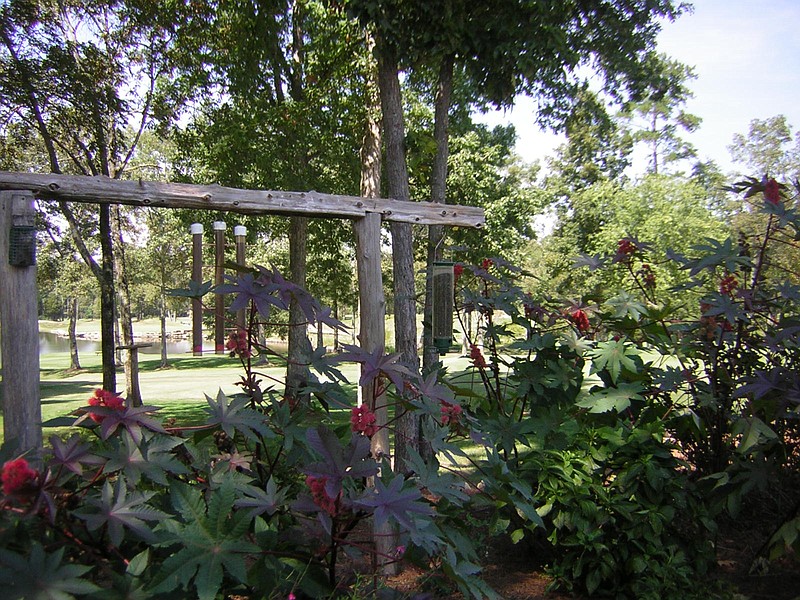The Honors Course in Ooltewah again has received high praise from the golfers as well as USGA officials this week in the U.S. Senior Women's Amateur Championship.
That the course was in such great shape for such an important tournament after the summer's heat and this area's dryest August on record was largely credited to superintendent David Stone.
"David's a genius," one tournament official flatly said in the days leading up to the event.
He's much more modest about his work.
"Those bent grass greens have had a lot of added stress on them. We've had to really baby them," Stone said. "We didn't keep them as close or as fast as we may have liked [in July and August], because we had to make sure we got through the summer with plenty of grass."
Then there are the abundant wild grasses off the course. They are a big part of the Honors' distinctiveness, aesthetically and ecologically. It is not the only golf course that doubles as a wildlife habitat preserve, but it stands out in that category as well.
Stone is both a cause and an effect of that.
The University of Tennessee agriculture graduate has continued to dress up the spectacular course created nearly three decades ago by the late Jack Lupton and renowned course architect Pete Dye. But Stone also is an avid bird-watcher, having begun that hobby about three years into his Honors job.
In fact, he recently ended three years as president of the Chattanooga Chapter of the Tennessee Ornithological Society and remains a vice president.
"The number of species of birds I've seen here is 150 or so," Stone said Tuesday. "You can see 110 or something like that in the course of a year.
"We have birds here year-round, and we have birds that are here only in the spring and summer or in the fall and winter. And we have birds that may pass through one day or one night -- certain waterfowl that may take a rest on our lake."
What sets The Honors apart from other golf courses that are wildlife sanctuaries, Stone said, is that "we have lots of different heights of plant life. We have short grass -- bluebirds like that, for instance -- but other birds nest only on the ground and in tall grass like we have. We also have secession areas. Those are places that have been totally cleared off but have been allowed to grow back for 10 or 15 years.
"We have created habitats that favor many different types of birds. We also try to keep as many dead trees standing as possible, as long as they're not in high-traffic areas where they would be a danger to people, and we provide lots of bird houses."
Bird-watching popularity is rising in the Chattanooga area, according to Rock/Creek sales personnel, among other sources, and while The Honors is not regularly open to the public, some other golf courses also attract many feathered types of the birdies and eagles.
Bear Trace at Harrison Bay superintendent Paul Carter has worked especially hard at bird habitat, Stone said, and many species can be seen at the state-park course.
